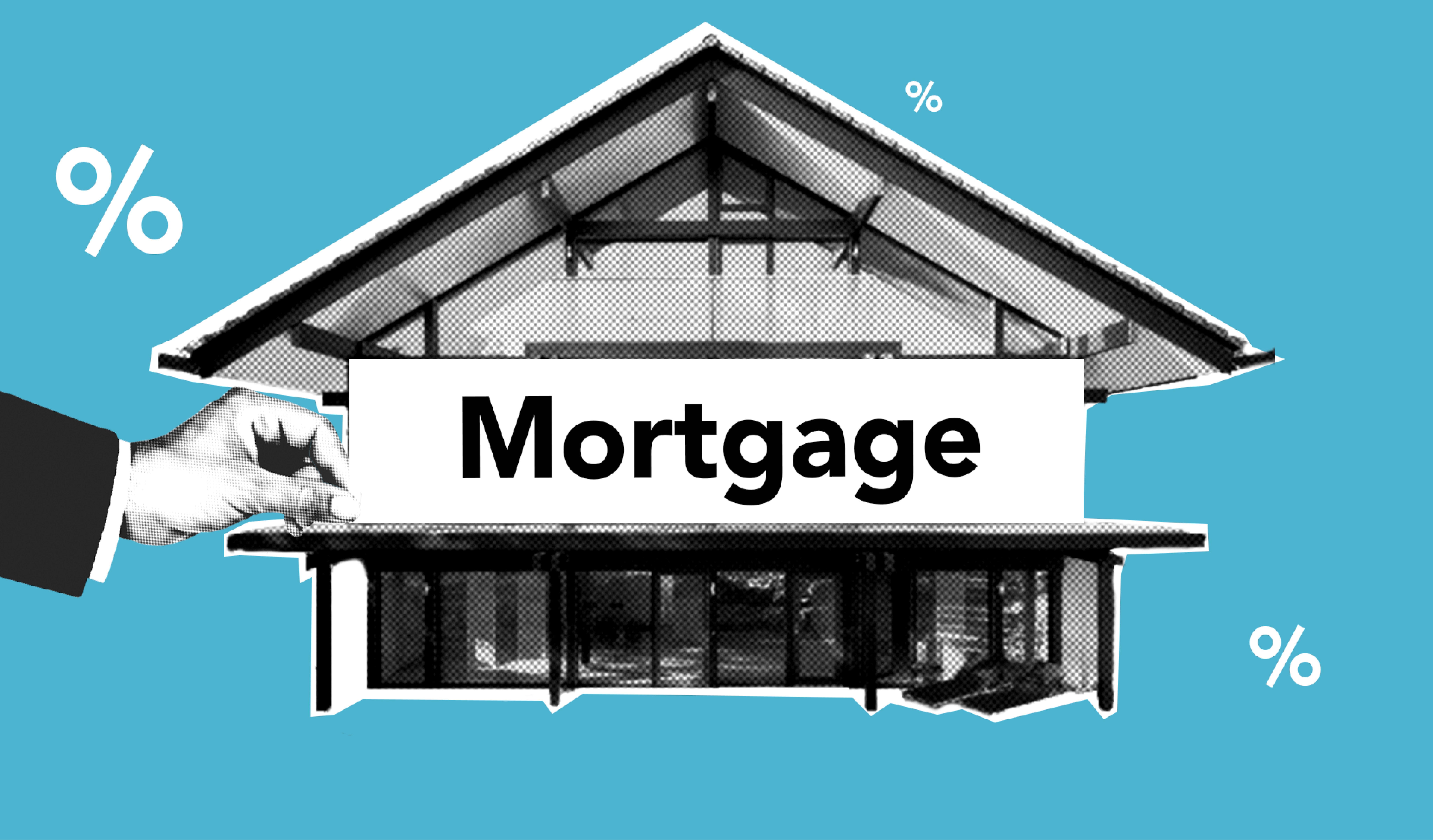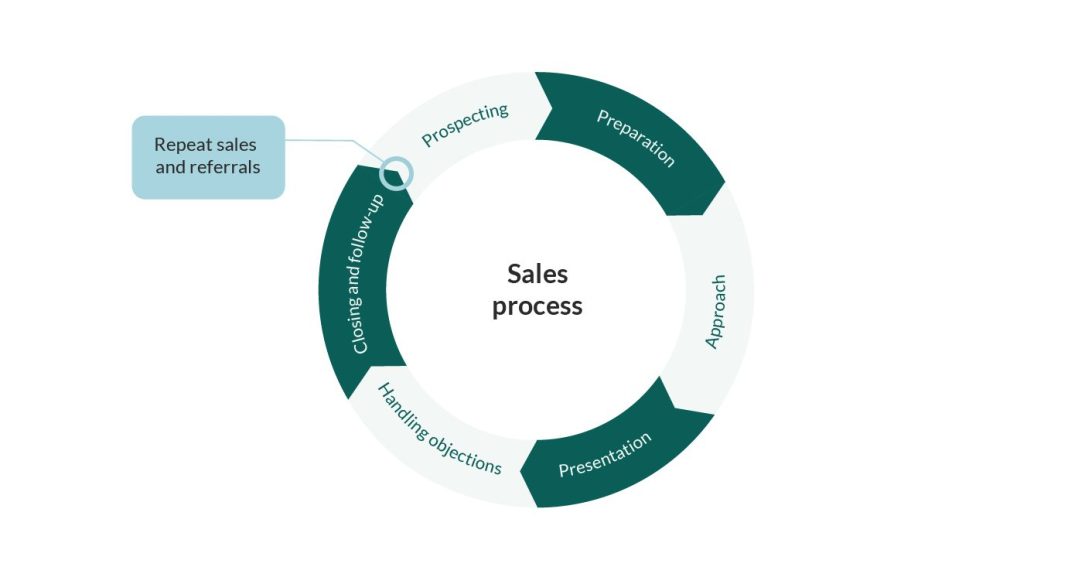
Understanding Construction Loans: What You Need to Know
Building your dream home can be an exciting prospect, but it also comes with its fair share of challenges. One of the most critical aspects of building a house is financing, and that’s where construction loans come into play. In this article, we’ll delve into the ins and outs of construction loans, their qualifications, and how they differ from traditional mortgages.
What is a Construction Loan?
A construction loan is short-term financing specifically designed to cover the costs associated with building a residential stick home from the ground up. Unlike traditional mortgages, which are secured by a completed house, construction loans are based on the projected value of the future home. This means that the application and approval process for construction loans is more complex and requires careful examination of architectural plans and the borrower’s financial situation.
Covering the Costs of Building
When it comes to financing a construction project, a construction loan is comprehensive, covering a wide range of costs. These costs include land, labor, material expenses, and permits. By financing these aspects, a construction loan ensures that builders have the necessary funds to complete the project without any financial hurdles along the way.
Qualifying for a Construction Loan
Qualifying for a construction loan requires meeting specific requirements set by the lender. While creditworthiness, loan size, and term play a role in determining the loan’s interest rates, lenders will also demand an appraisal of the future home’s value. Typically, a 20 percent down payment is required for a construction loan, providing a level of security for the lender.
Understanding Construction Loan Interest Rates
Construction loan interest rates are typically higher than those of traditional mortgages, often ranging as high as 10 percent APY. These rates are usually variable, meaning they can fluctuate throughout the loan term based on an index like the prime rate. It’s essential to factor in these interest rates when considering a construction loan to ensure that it aligns with your budget and financial goals.
How Do Construction Loans Work?
Construction loans operate on a short timetable, closely tied to the project’s progress. To ensure transparency and proper budgeting, lenders usually request an estimated construction timeline and a realistic budget from the borrower. As construction begins, the borrower starts paying down the loan’s interest, typically on a monthly or quarterly basis. Simultaneously, the principal is used to pay for the ongoing construction expenses.
The lender releases funds to the contractor in phases, known as “draws.” These draws occur when significant milestones, such as laying the foundation or completing the framing, are achieved. This approach mimics a line of credit, ensuring money is only released as needed, maintaining financial control throughout the construction process.
Key Differences Between Construction Loans and Traditional Mortgages
It’s essential to understand the differences between construction loans and traditional mortgages, especially if you’ve only had experience with the latter. One significant distinction is how funds are distributed. Traditional mortgages provide a lump sum, whereas construction loans release funds in draws based on the completion of specific project milestones.
Another difference lies in the repayment process. With a traditional mortgage, borrowers start paying both principal and interest per month immediately after closing the loan. However, with a construction loan, payments typically begin with interest only, with the principal payments starting once construction is underway.
Exploring Different Types of Construction Loans
There isn’t a one-size-fits-all approach to construction loans. Different financial needs call for different loan options. Here are four common types of construction loans to consider:
1. Construction-to-Permanent: This type of loan converts into a traditional mortgage after the construction is complete. Borrowers can choose from various mortgage terms, including adjustable or fixed rates.
2. Construction-Only: With a construction-only loan, borrowers borrow money solely for the purpose of constructing the home. After completion, they can choose a different bank or credit union for the mortgage repayment, potentially finding better terms elsewhere.
3. Renovation Loan: If you’re looking to upgrade your existing home, a renovation loan may be the right option. Personal loans or home equity loans/lines of credit can provide the necessary funds depending on the renovation budget.
4. Owner-Builder Construction Loan: This type of loan is similar to construction-only or construction-to-permanent loans, with the added element of the borrower acting as the contractor. While most lenders do not allow borrowers to act as their contractors, exceptions may be made for licensed builders.
Navigating the Construction Loan Process
While construction loans may seem straightforward, there are several steps and considerations involved. Financial institutions take a hands-on approach to monitor these loans, ensuring that funds are released appropriately and construction progresses as planned. It’s crucial to be prepared for the additional work and due diligence required throughout the construction phase. However, with careful planning and execution, a construction loan can be a valuable tool in turning your dream home into a reality.
In conclusion, construction loans offer a viable financing option for those looking to build their own homes. By understanding the qualifications, interest rates, and loan types available, borrowers can make informed decisions and navigate the construction loan process more effectively. Remember, each construction project is unique, so it’s crucial to evaluate your own financial needs and goals before proceeding with a construction loan.

